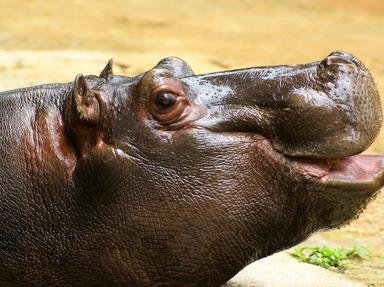
Which Group Do I Belong To? Trivia Quiz
Here we have four groups of animals. Some you may have heard of. Select the animal from the list and move to the correct group listed. Some maybe hard but you should be able to work it out.
A classification quiz
by Lord_Digby.
Estimated time: 3 mins.